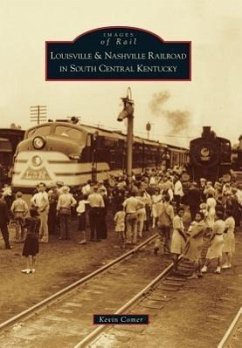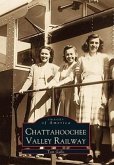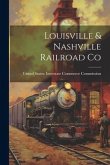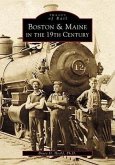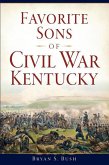At the midpoint of the 19th century, people and goods moved by river or muddy roads, which made traveling difficult; a stagecoach trip from Louisville to Nashville took 36 hours. Railroads were coming into prominence at the time, and the Louisville and Nashville Railroad was chartered in 1850. It was completed between the namesake cities in 1859, overcoming many obstacles such as Muldraugh's Hill, Green River, and Tennessee Ridge. The line became a pawn during the Civil War, used by both Union and Confederate forces, and endured heavy damages to survive and prosper. The Louisville and Nashville Railroad would grow into one of America's great success stories, expanding to nearly 7,000 miles of track throughout the Southeast. This volume covers the L&N Main Line in southern Kentucky and northern Tennessee, the Memphis Line, the Mammoth Cave Railroad, the Glasgow Railway, the Portage Railroad, and a branch to Scottsville.
Bitte wählen Sie Ihr Anliegen aus.
Rechnungen
Retourenschein anfordern
Bestellstatus
Storno

